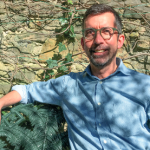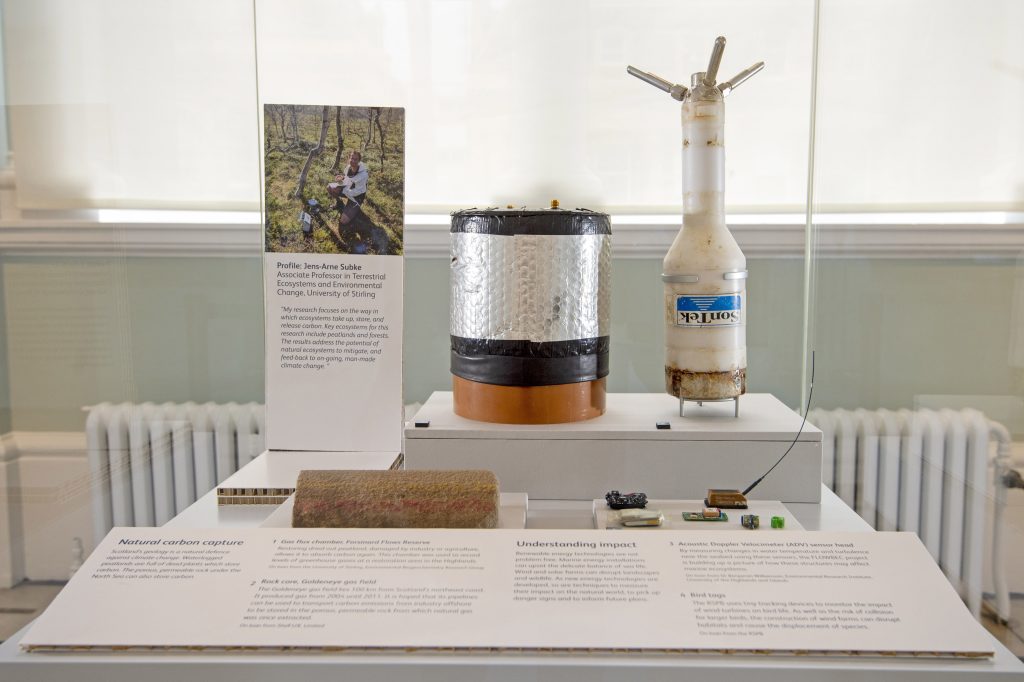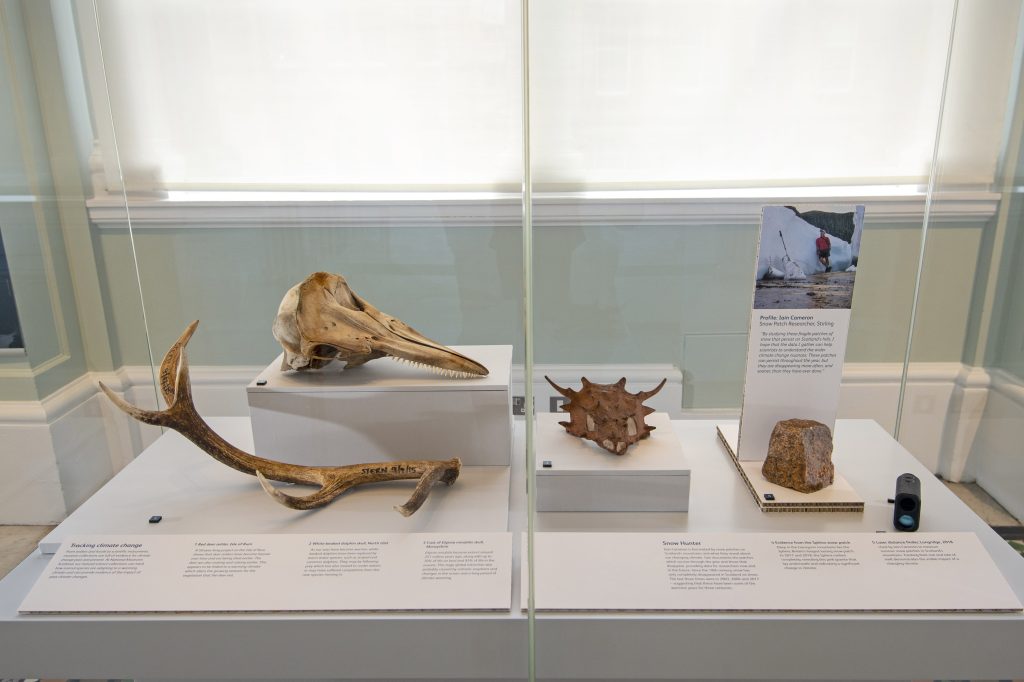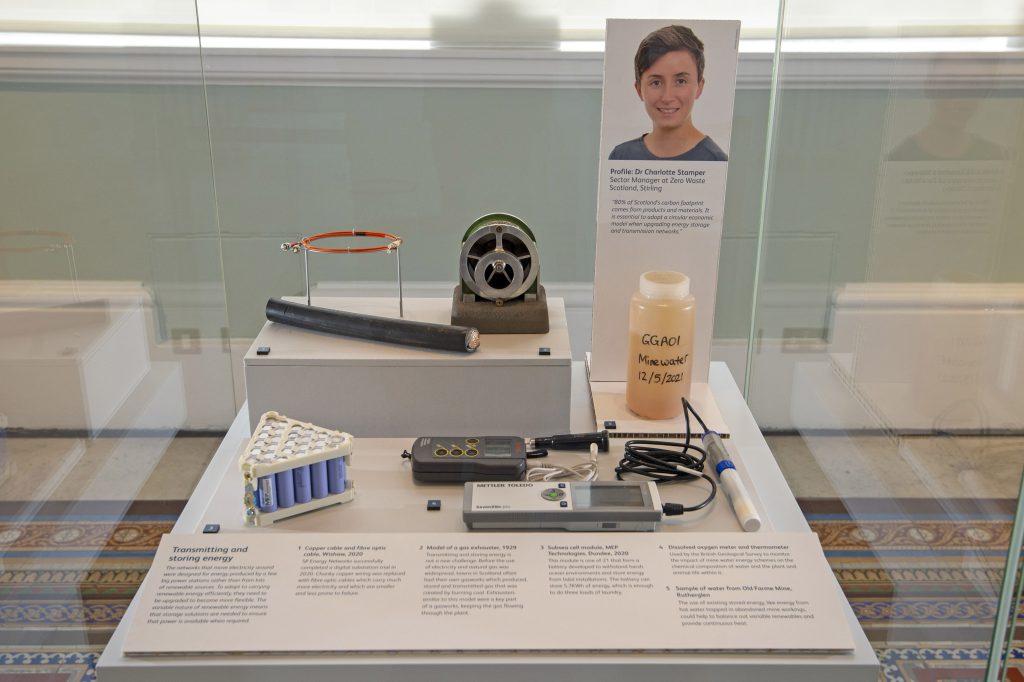The global environmental emergency – not only the climate crisis but also large-scale biodiversity loss – is the biggest challenge facing the world. With COP26 just days away, our Director, Chris Breward, reflects on the role we have to play, from understanding the past to improving our future.
I recently travelled through from Edinburgh to Rothesay, eager to connect with those rich collections in Scotland that have been out of reach for much of the last eighteen months while travel restrictions kept us local. It was a glorious day and I was well looked after by my hosts at Mount Stuart who introduced me to its stunning gothic revival architecture and unique archives.
The whole expedition felt like an adventure: two trains, a ferry and a local taxi, twice over – and a rare opportunity to pause and reflect as the landscape around me changed. At Glasgow Central Station morning commuters were coming into the city and I felt something close to the frisson of anticipation as the banners above the train timetables heralded the arrival of COP26 in the city. Elsewhere, the impetus for considering our impact on the environment was evident in small ways across the concourse: an increase in recycling bins, free water fountains for re-filling personal bottles, meat-free and ethically sourced food options across the retailing concessions.
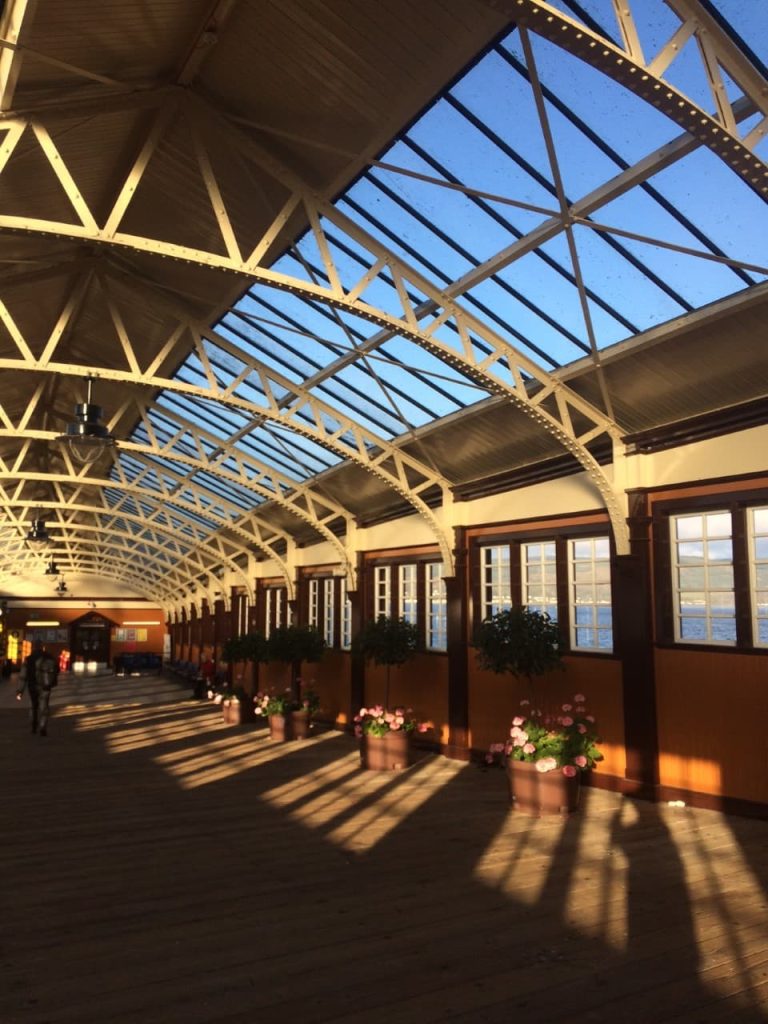
The message of the approaching Climate Conference seems to be everywhere at the moment, and at National Museums Scotland we have also been working to focus our activities and programme on environmental challenges. Museums have an important role to play here. The diversity and depth of our collections and the expertise of our staff mean that we can open up discussions around the consequences of climate change and biodiversity loss to positive effect, using the tangible evidence of our objects and building on that to provide new information and insights, with integrity.
At the National Museum of Scotland, our current exhibition Scotland’s Climate Challenge showcases some of our recent acquisitions in Science and Technology of items which demonstrate how scientists and engineers are recording the rate of change in our environment, and also introducing innovative responses to the need to reduce carbon emissions, in Scotland and across the world. This glimpse of tomorrow is set against fossils and ancient specimens of rock and bone whose surfaces reveal shifts in environmental conditions over millennia.
As I perused those objects and read the labels, I was struck by this contrast between the vast scope of earth’s history and our ability as a momentary species, one amongst millions of others, to impact it in disproportionate ways. And whilst reflecting, my attention was brought back into the moment by the Extinction Bell, an intervention by artist Luke Jerram who has adapted a nineteenth-century brass fire engine bell in our collection from the St Mary’s Isle Estate, Kirkcudbright to chime in the Grand Gallery at random intervals, each chime representing the loss of a species.
Both Scotland’s Climate Challenge and the Extinction Bell are supported by players of People’s Postcode Lottery.
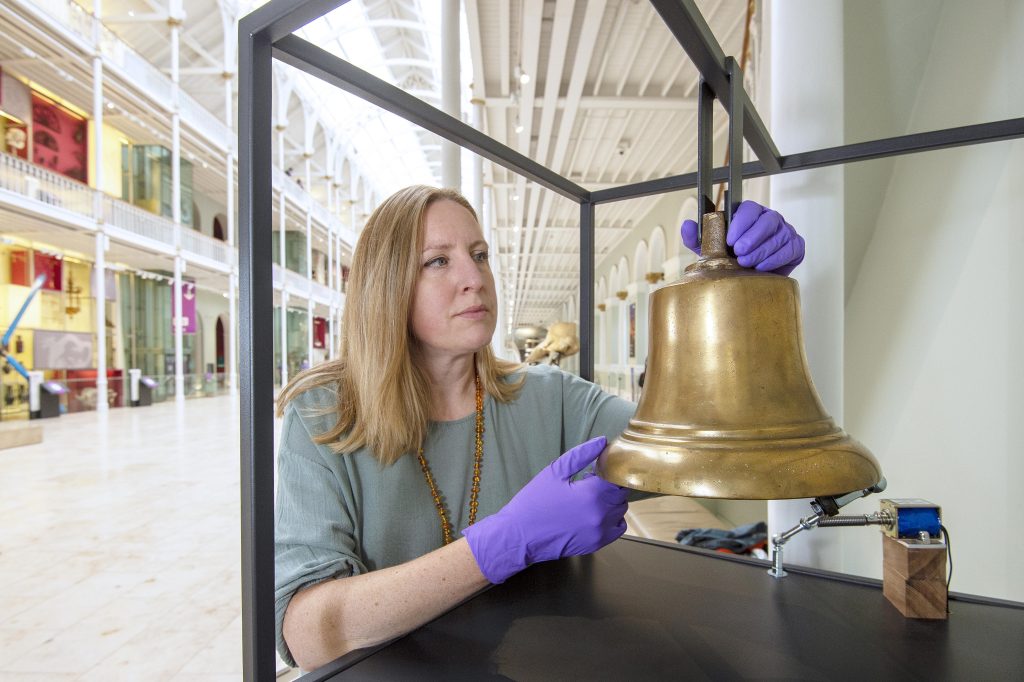
It is tempting and understandable to feel a sense of powerlessness in the face of these reminders. But one of the great advantages of museums is their ability to connect with future generations and encourage creative thinking around the big issues of our time. “All is not lost”, I thought when I played the three inspiring climate emergency films on our website produced with students at Castlebrae Community High School, Edinburgh with the support of the Scottish Power Foundation.
Focusing on pollution and waste, animal extinction and habitat loss, and climate change and ice melt, these animations use a wide range of examples from our collection to help show how our shared heritage encourages us to consider the world as it has been, the world as it is and the world as we would wish it to be. In their positive discussion of clipper ships, sustainable fashion design, the longevity of clams, and Victorian stereographic photographs of touristic alpine scenes they provide a degree of inspiration and hope.
As I returned to Edinburgh from Mount Stuart, the sun setting over Bute and the timeless peaks beyond the highland/lowland fault, I shared in some of that sense of tempered optimism. The world is full of complexity and contradiction: Mount Stuart built in an arts and crafts idiom (the environmentalist architectural language of its time), partially funded by the profits of coal extraction and global trade; the seemingly pristine air, water and rock of the western coastline now economically needful of the mass tourism that also degrades it; the post-industrial scarring of the landscape and society that lines the railway almost all the way from Port Glasgow to Livingston.
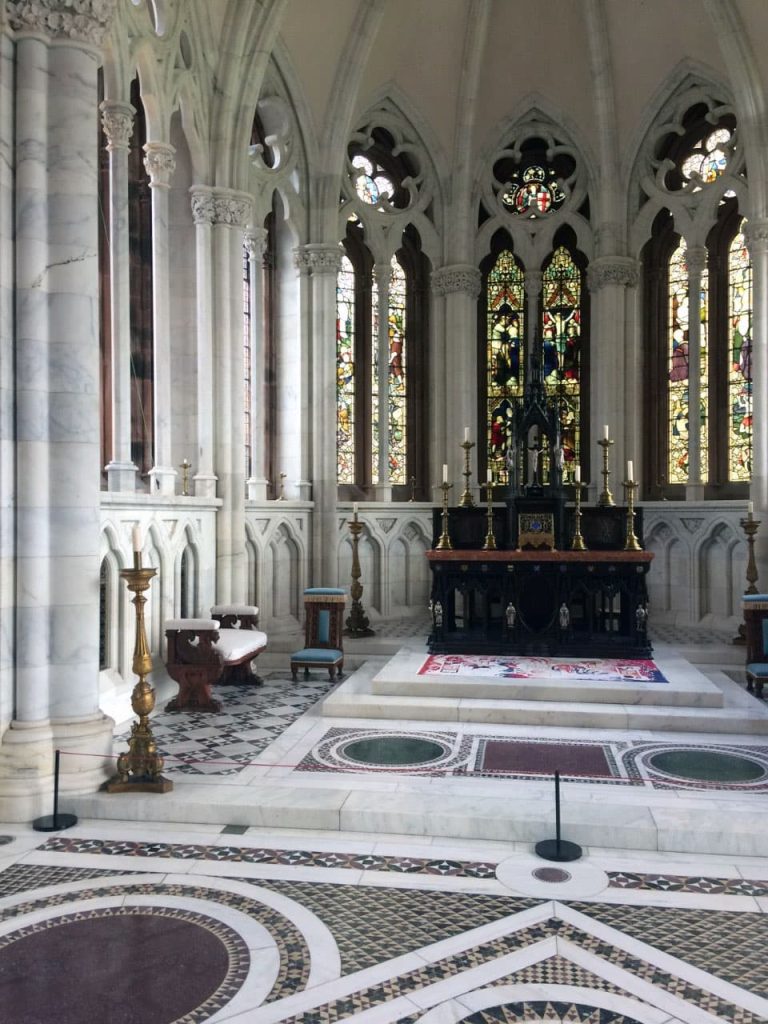
COP26 will bring the attention of a needful world to Scotland for two weeks in November 2021 and will make decisions that aim to cut through the chaos and difficult choices brought on by rapid climate change. Museums have a role to play in a civic conversation that will last for much longer, about who we want to be, and what we want the world to be like beyond tomorrow. With our multi-disciplinary collections, our place in Scotland’s cultural landscape, and our appetite for public engagement, this is a debate that museums are not only well-placed to host, but are duty-bound to lead.
Through exhibitions, education and activities – and by engaging our audiences in dialogue about changes beyond our walls – we aim to promote awareness and conservation of the natural world and cultural heritage.
